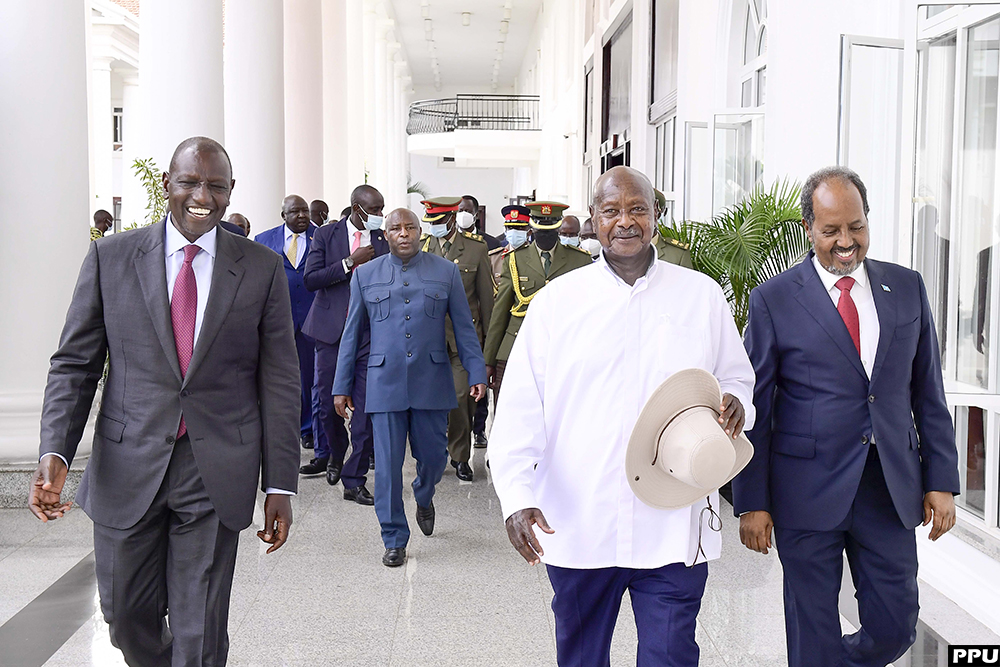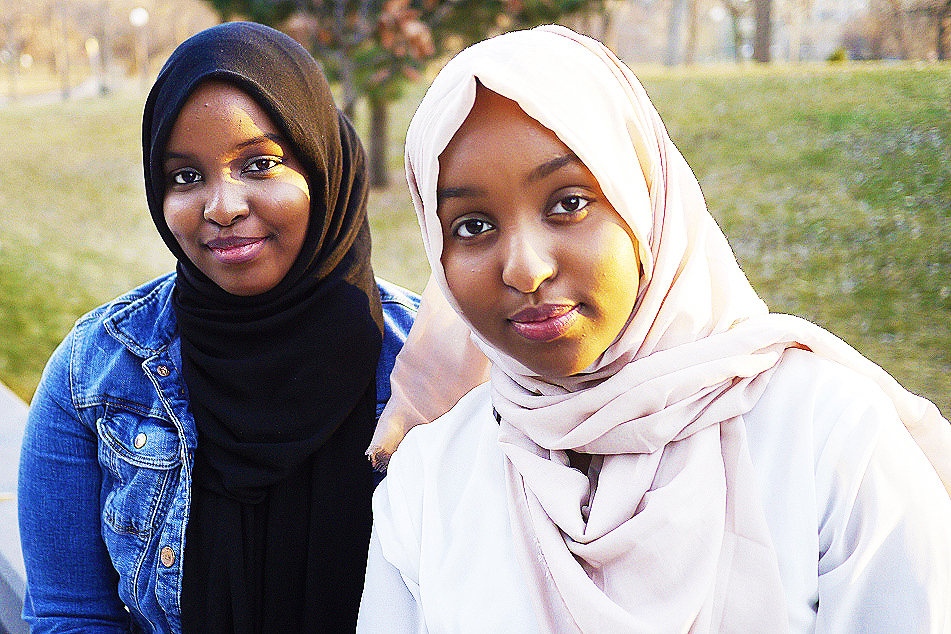By Dismas Nuwaine
It began with the sound of a bicycle bell.
A little boy came pedaling toward me on a modest three-wheeled bike – its triangular frame giving him balance as he learned to ride.
He looked at me; startled, he rushed on the turn, disappearing into a narrow path swallowed by tall grass.
Just then, two young boys, a bit older than the former, also rode past me in a frenzy. They were in a race, or so it seemed. You could see, on their faces, raw innocent delight.
Curious, I sped off to see what lay ahead of the narrow path. It was a kindergarten. Just beside it, stood an apartment building about 4 stories high. On one of the balconies, a motherly figure was doing her laundry. Just beside her, two children; a boy and a girl.
In that quiet scene lay a profound truth: these were families from beyond Uganda’s borders, doing life here, freely and peacefully. They run shops, own their own salons and some are now riding the famous Uganda Bodaboda.

From the Horn of Africa to the Great Lakes region, Uganda has become a melting pot – a living testament to Africa’s ‘Ubuntu’ for compassion and coexistence.
The Open Door That Welcomes All
Uganda’s welcoming posture toward foreigners and refugees is no accident. It is the result of one of the most progressive refugee and immigration policies on the continent.
Under The Refugee Act of 2006, refugees enjoy the same legal treatment as Ugandan citizens. They are granted the right to engage in agriculture, trade, industry, and other commercial ventures within the country.
In many ways, Uganda doesn’t just host refugees, but gives them a chance to rebuild their lives with dignity.
“It’s Uganda’s refugee policy that forces many to come,” said Muhammed Suleyman, head of the Ethiopian Association in Uganda, in an interview with Nation Media in November 2023.
Recent data from the Office of the Prime Minister, published by Daily Monitor, revealed that by November 2023, over 121,000 immigrants and asylum seekers were living in Kampala and Wakiso District alone. Of these, 83,755 held official refugee status, while others were awaiting processing.
In 2021, the figure stood at just 70,000 – meaning Uganda’s foreign national population in Kampala Metropolitan nearly doubled in two years.
Though not often mentioned, Uganda’s open-door policy is, in many ways, a product of its own past. The country has known the pain of displacement.
When Idi Amin seized power in 1971, his brutal eight-year regime unleashed widespread violence and fear. Thousands of Ugandans – including politicians, intellectuals, and ordinary citizens – fled into exile in Kenya, Tanzania, Zambia, Sudan, and beyond.
It is perhaps this national memory – of torn families and a protracted struggle against repression – that shapes Uganda’s distinct cultural empathy.
But! Where do they come from?
At Kampala’s Global Bus Park, near the towering Gaddafi Mosque, where I was boarding a bus to Mbarara, a city in Western Uganda, I couldn’t help but notice a middle-aged woman of horn of African origin seated in the waiting shade.
Shadia Shuruki, as l came to know, was her name.
Sitting next to her, I inquired whether she could understand English, “yes l can,” she replied. She proceeded to tell me that she is Somali by descent. We talked briefly about her country.
As I inquired about simmering tensions between the Somalia federal government and the semi-autonomous region of Puntland that is threatening a breakaway, she struck a pose, looked at me, and asked “Do you work in Somalia?”
“No” l replied. She inquired where l got the information and l told her that l ardently followed the Geopolitical trends.
Somalia is, by all measures, the most conflict-ridden country in the Horn of Africa. The country is grappling with multiple challenges on all fronts.
An Islamic insurgency against the militant group al-Shabaab has been going on for over 18 years. There’s a brewing constitutional crisis as the semi-autonomous state of Puntland has threatened a “withdrawal from the country’s federal system”.
Somali land, a breakaway region of Somalia also inked plans for a port deal with Ethiopia which, if it goes through, could see it being recognized by Ethiopia. This could end its decades-old isolation, and as such, officially break away from Somalia.
One must always hope – there’s immense potential.
Born and raised in Kenya, Shadia, has never been to Somalia. Still, she spoke so highly of her country. “Somalia.” She says before emphasizing “We have loving people. One country, one language.”
She was extremely hopeful, her tone upbeat and optimistic, l could see in her eyes, a deep-seated belief of a brighter future. And she wasn’t shy to mention it either. “I know that one day, we will be one,” she told me.
Shadia’s voice represents a crop of young people who have the desire to see lasting peace in the Horn of Africa. Looking at the hope, the glow on her face, you know that this peace is feasible.
Foreign and local missions are engaging the regional leaders for sustainable regional peace.
Peace as a Catalyst for Growth
The Horn of Africa, with its 5,000 kilometers of coastline along the Red Sea, Gulf of Aden, and Indian Ocean, sits at one of the world’s busiest trade corridors. Its economic potential is vast – yet unrealized, largely because of conflict.
Peace, therefore, is not just a moral aspiration; it is the key to unlocking the region’s shared prosperity. Uganda’s example – of coexistence, tolerance, and hospitality – offers a working model for what regional peace could look like.
Here, families from Ethiopia, Eritrea, Somalia, Sudan, South Sudan and beyond live side by side with Ugandans. They trade, study, worship, and raise children together. The sound of foreign tongues mingles easily with Luganda, Luo, Runyankore, and Swahili in Kampala’s markets and suburbs.
The local and international community should, therefore, step up their diplomatic engagement – working with leaders and citizens alike to inspire a fresh way of thinking. That small spark of collaboration could become the whirlwind of change the region has long awaited.
Changing Perceptions, One Story at a Time
Good news, it’s already happening, one project at a time.
Efforts like Somali Faces, a global storytelling project, are helping reshape the world’s perception of Somalis and the wider Horn of Africa community.
By highlighting the ordinary lives, struggles, and triumphs of Somalis everywhere, the project seeks to challenge stereotypes and dismantle common misconceptions.
The writer is a journalist and a development communications practitioner


